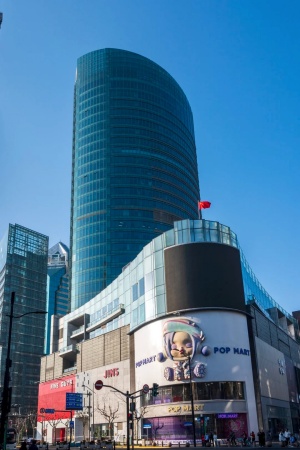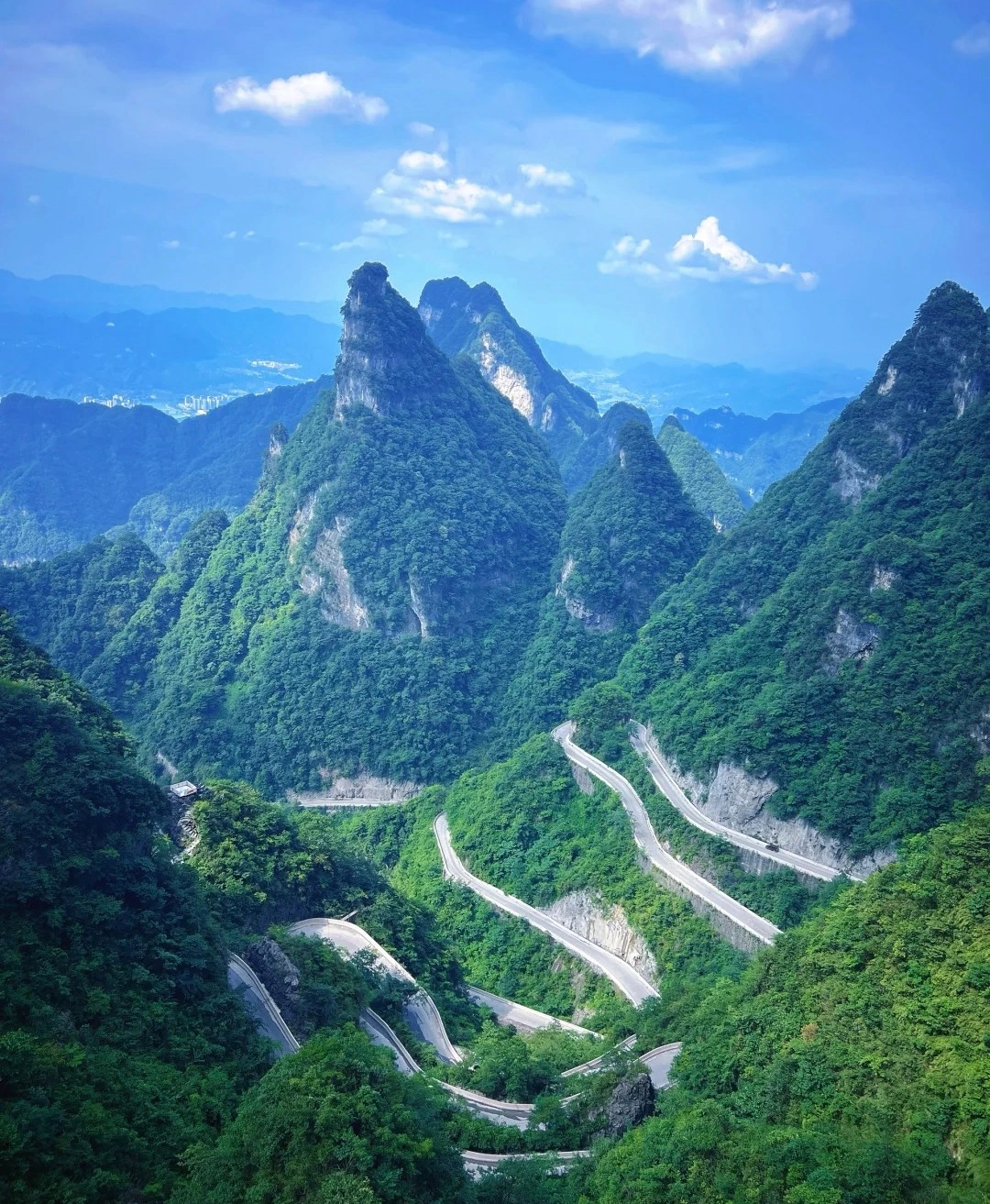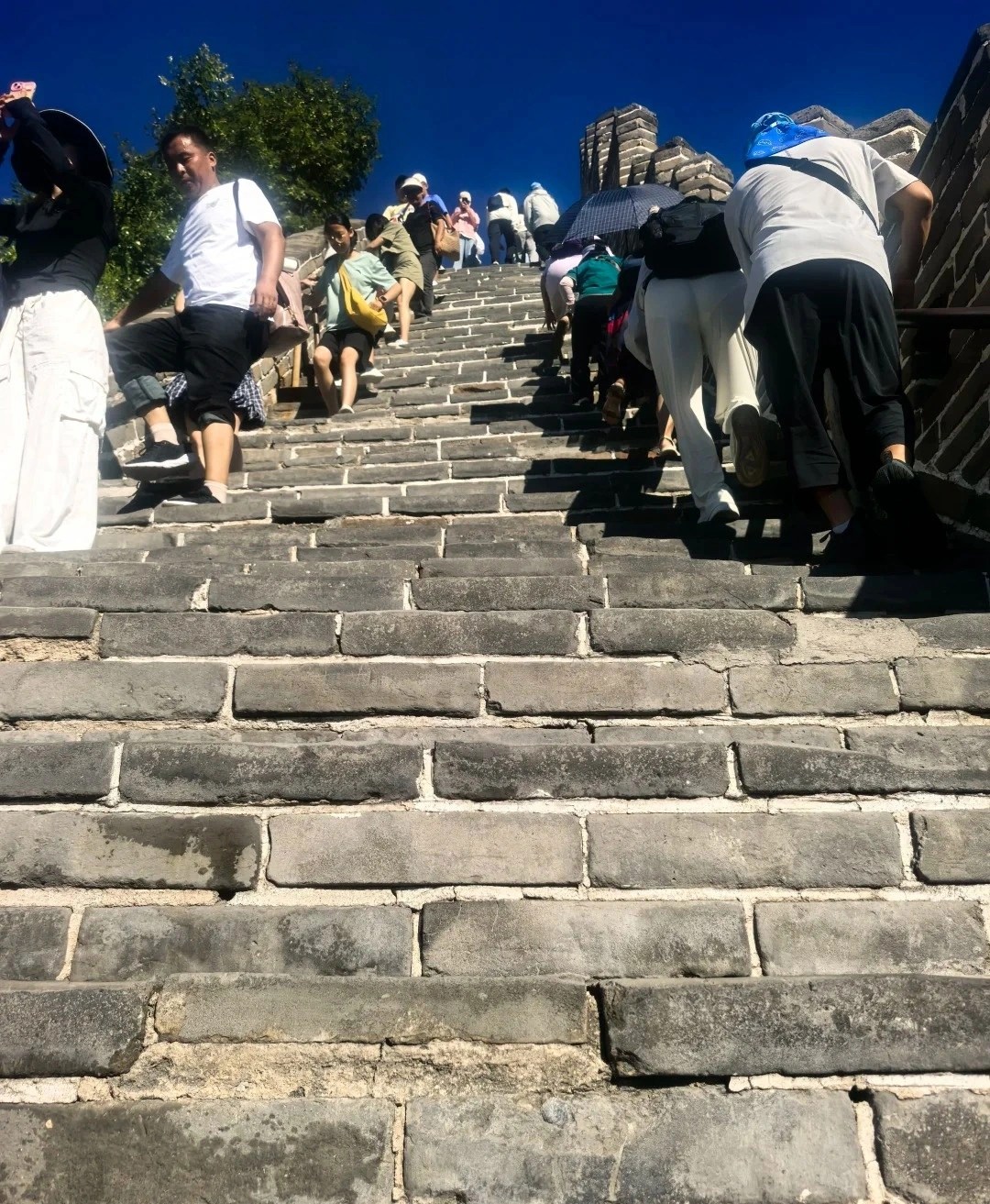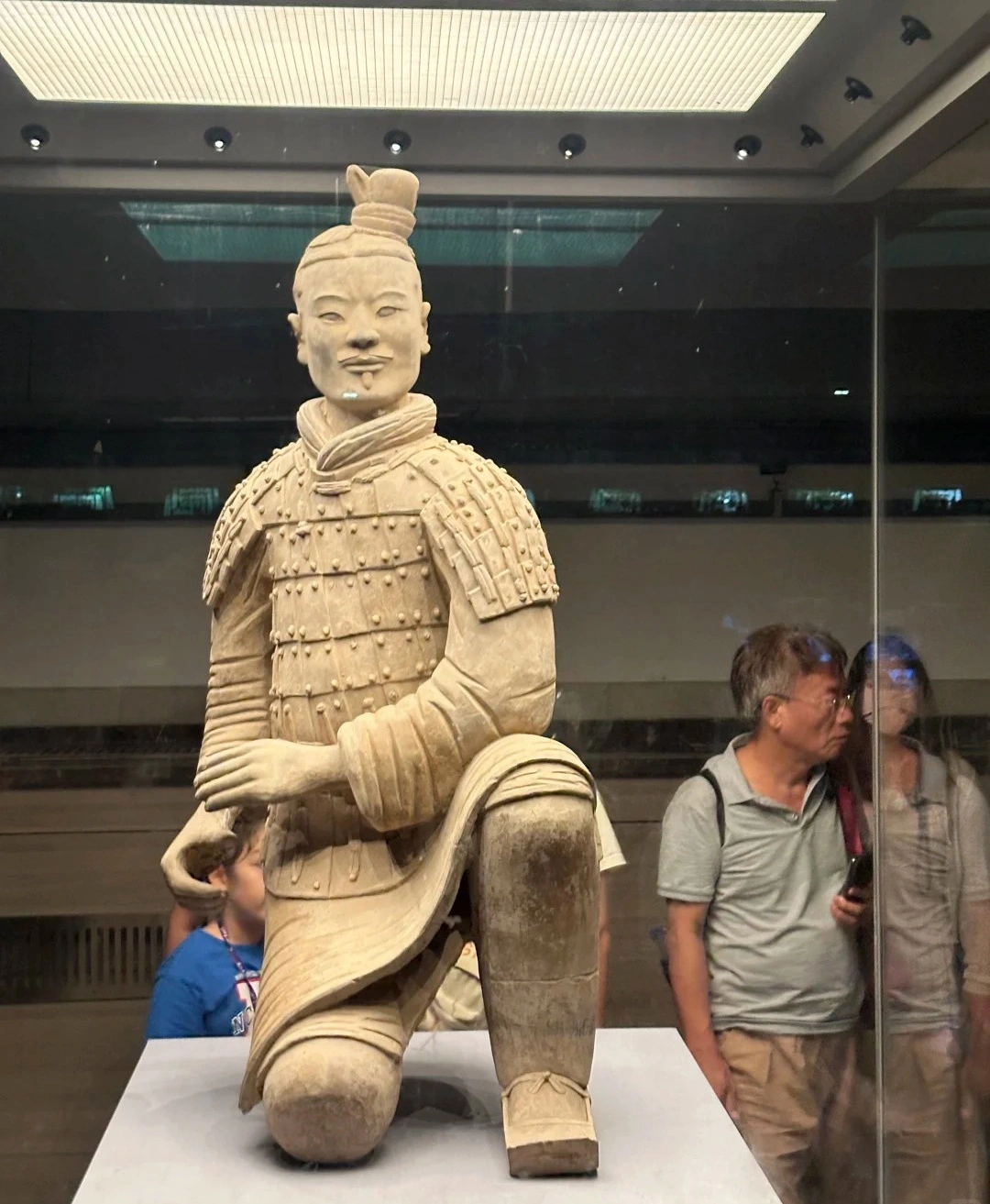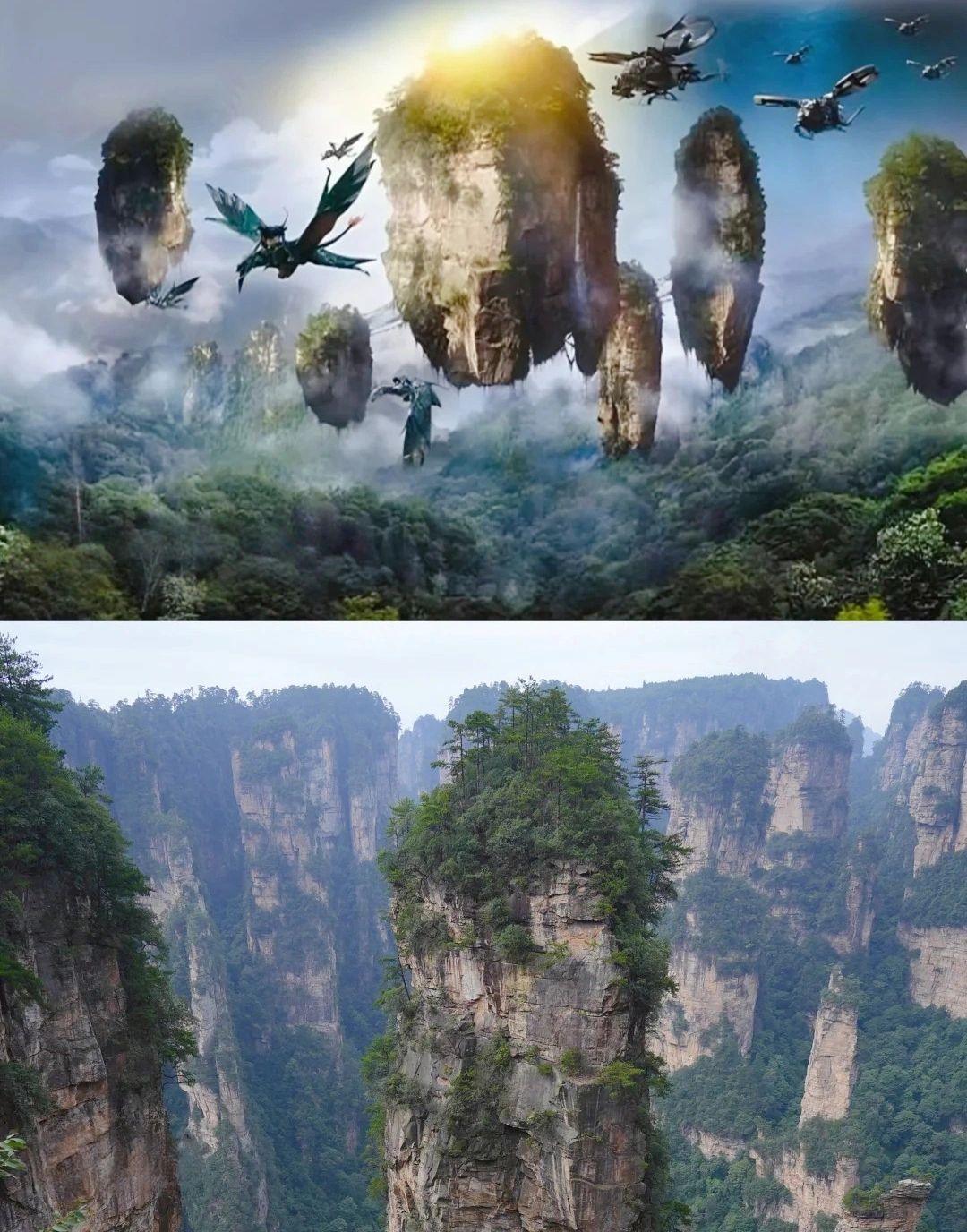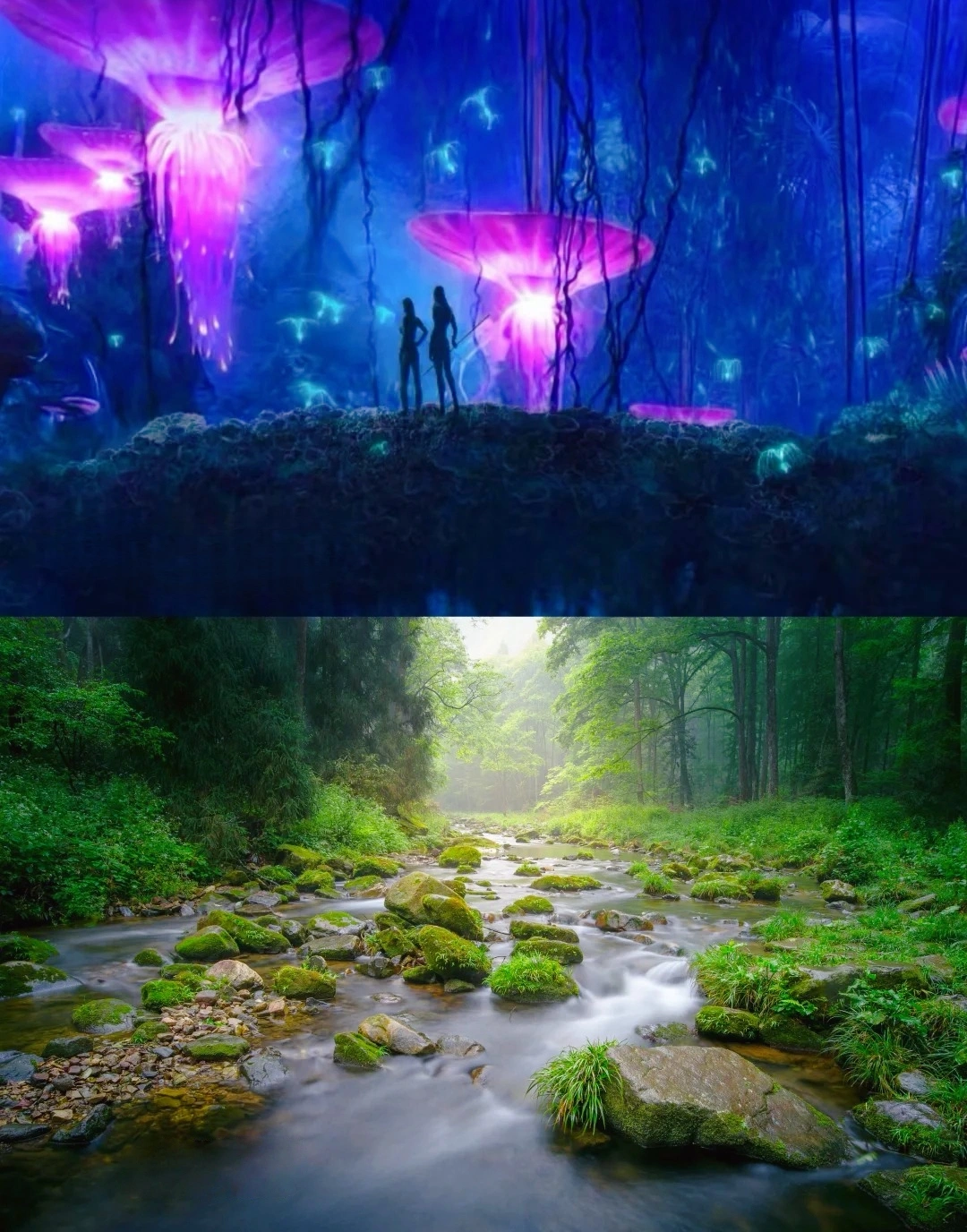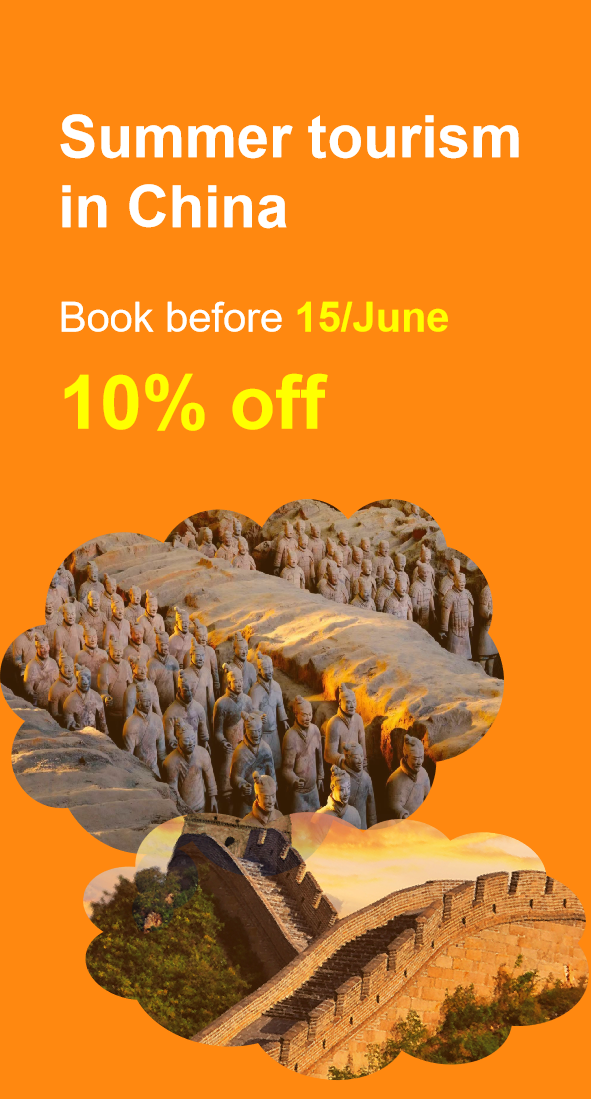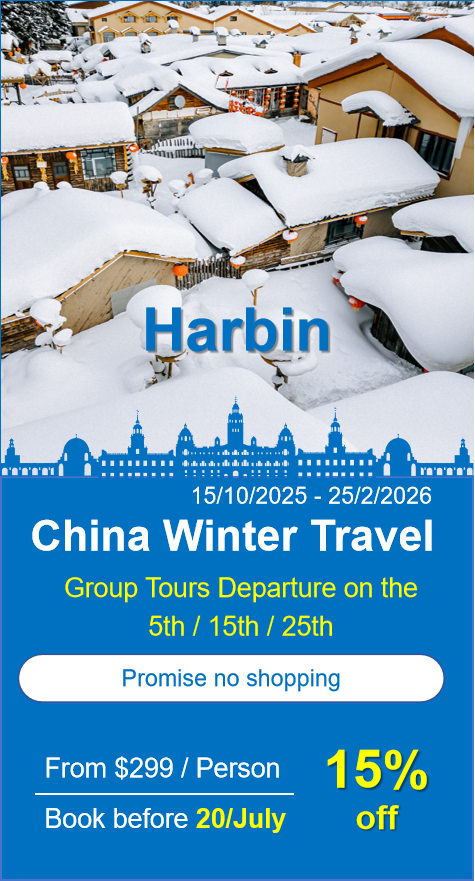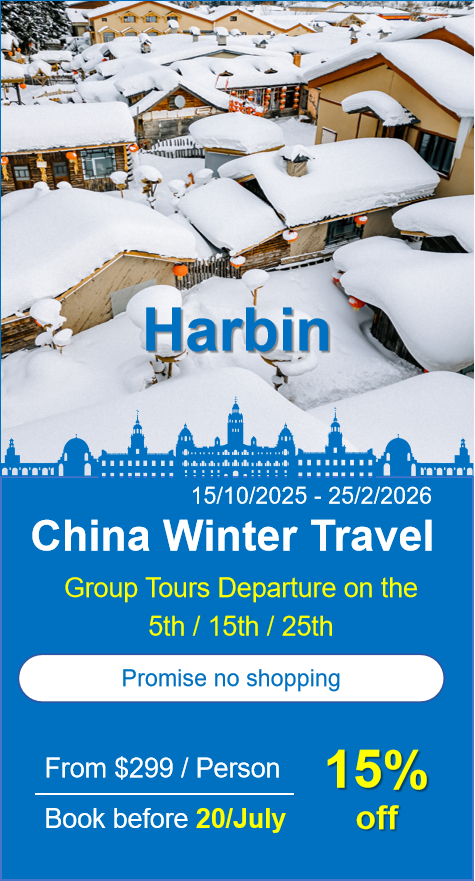Jiangwan Scenic Area
Historical Overview
Jiangwan’s history dates to the Tang Dynasty (618–907 CE), with settlement peaks during the Ming-Qing eras. The village served as a hub for scholars and merchants, blending Hui culture (from Anhui) with local Jiangxi traditions. In 2000, it gained national protection as a cultural relic site, later expanding to include restored workshops and tea plantations. Notable figures include Jiang Zhi, a Ming Dynasty poet who taught here.
Structural Layout
The area spans 2.5 square kilometers, organized into three zones:
- Ancient Village Core: Ming-Qing residential compounds, stone-paved lanes, and the 14th-century Cheng’s Ancestral Hall.
- Riverside Landscape: Willow-lined banks, rapids, and the 30m-high Jiangwan Waterfall.
- Cultural Experience Zone: Traditional paper-making workshops, tea farms, and the Hui-style Architecture Museum.
Key landmarks include the Rainbow Bridge (a Ming-era stone arch) and the Moon Pond, reflecting ancient hydraulic engineering.
Major Attractions
- Cheng’s Ancestral Hall: A Qing Dynasty courtyard with woodcarvings and ancestral tablets.
- Jiangwan Waterfall: A seasonal cascade framed by bamboo groves.
- Rainbow Bridge: Ming Dynasty stone bridge with symbolic carvings.
- Hui-style Architecture Museum: Showcases brick carvings, horse-head walls, and scholar studios.
- Tea Plantations: Hands-on Green Tea picking and roasting demonstrations.
Suggested Itineraries
- Classic Route (2–3 hours):
Entrance → Ancient Village Core (Cheng’s Hall, Rainbow Bridge) → Riverside Walk → Exit
Highlights: Architectural grandeur and river views. - Cultural Route (4–5 hours):
Add Tea Plantation Tour and Hui-style Architecture Museum. - Eco-Cultural Route (Full Day):
Include Jiangwan Waterfall hike, paper-making workshop, and Moon Pond sunset photography.
Ticket Purchase
- Combo Ticket: ¥180 (includes 12 sites: villages, museums, workshops). Valid 5 days.
- Single Village Ticket: ¥60 (Jiangwan only).
- Discounts: 50% off for students/seniors; free for children under 1.2m.
- Purchase via Trip.com or on-site.
- From Shangrao/Huangshan: Take a 1.5-hour bus (¥40–¥60) to Wuyuan Bus Station, then taxi (¥30, 20 mins).
- Self-Drive: Follow G56 Expressway to Wuyuan North Exit.
- Parking: 800+ spaces at the main gate (¥10/hour).
Best Time & Tips
- Ideal Seasons: March–April (rape flower blooms) and October–November (red maple leaves).
- Essentials:
- Wear waterproof shoes for riverside trails.
- Bring a tripod for low-light ancestral hall photography.
- Photography allowed except in private residences.
- Prohibited Items: Drones, loudspeakers, and open flames.
- Cultural Note: Greet villagers with a nod or slight bow as a sign of respect.
Contact Us
Was sagen unsere Kunden?
Basierend auf über 10.000 Reisendenbewertungen
